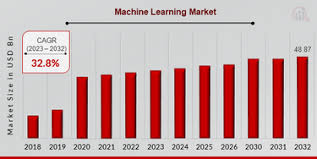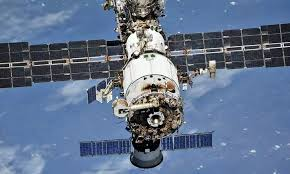Introduction to NFV and the Role of AI

1. Introduction to NFV and the Role of AI. Network Function Virtualization (NFV) revolutionizes traditional networking by replacing dedicated hardware appliances with software-based network functions running on standard servers. This shift offers greater flexibility, scalability, and cost-efficiency. However, managing virtualized network functions (VNFs) in dynamic and large-scale environments brings complexity in orchestration, resource allocation, and performance optimization. Here, Artificial Intelligence (AI) plays a transformative role. By leveraging AI's capabilities in pattern recognition, decision-making, and automation, NFV environments can become more adaptive, self-healing, and predictive. AI facilitates real-time network monitoring and intelligent automation, enabling networks to respond to fluctuations in traffic and demand. As NFV gains momentum across telecom and enterprise sectors, AI emerges as a critical enabler that not only simplifies operations but also enhan...










